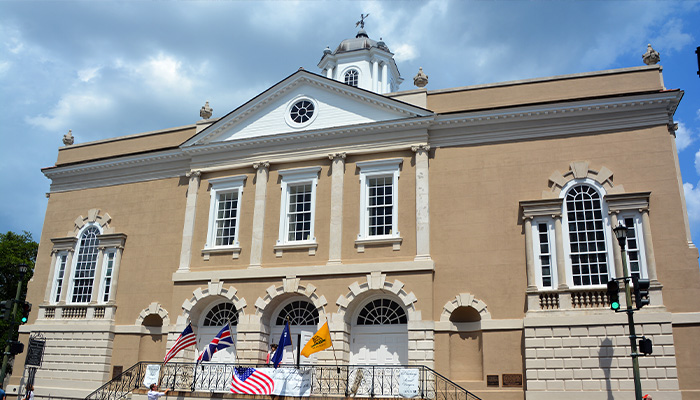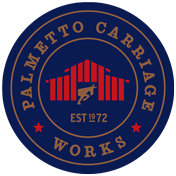The Sights Of Charleston
The Old Exchange Building Palmetto Carriage Works®

Charleston is an old city with a vast history and over 1400 historic places of interest but it is hard to beat the Old Exchange Building in a competition for the most interesting and varied history in the city. The Old Exchange Building is known as one of the three most historically significant colonial structures in the country.
At the time when the Old Exchange was built in 1767 Charleston was the most prosperous port in the South. The Palladian style exchange was built to accommodate the commercial imports and exports and also came to play an important role in the political and social scene of Charleston.
In addition to its role as a commercial center, the Old Exchange played a big part in America’s beginnings. Here the Declaration of Independence was read for the citizens of South Carolina. In 1790 the South Carolina State Legislature met to ratify the new State Constitution. George Washington himself hosted banquets and events here during his week in Charleston in May of 1791.
But the history here isn’t all colorful. Some of it is quite dark. Right next to the place where the Declaration of Independence was read, others were losing their independence as slaves were bought and sold on the property prior to the civil war. Provost Dungeon was located underneath the building where pirates, deserters, socialites and civil war prisoners were shackled with heavy iron in extremely poor conditions. There was sickness, disease, rats, and dead prisoners often left with the living. It is rumored that the tortured spirits of some of these prisoners still haunts the dungeon and that maybe there are some colonial spirits walking around upstairs, mistaken for tour guides in uniform.
The Old Exchange Building was declared a national historic landmark in 1973 and is now owned by the South Carolina Society of the Daughters of the American Revolution. It is currently operated as a historic museum.
